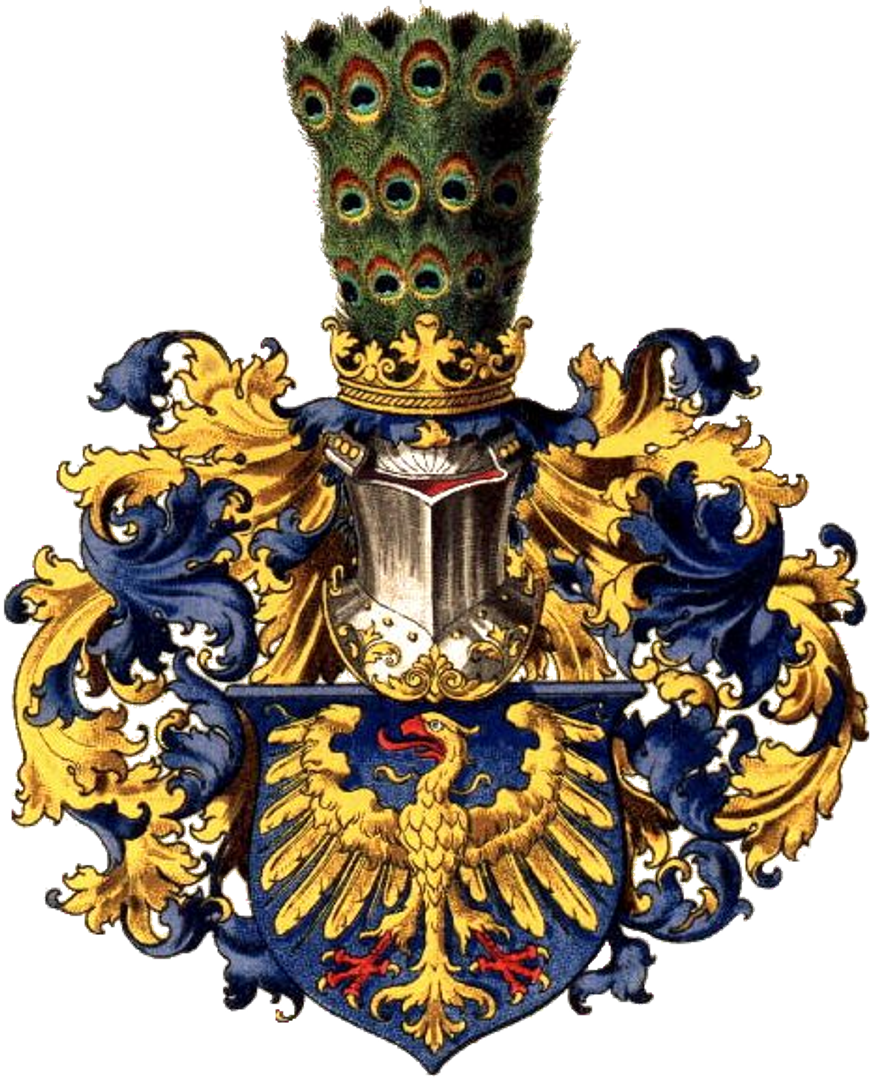Racibórz Castle
8.33

Overview
Racibórz Castle, situated on a natural island within the Upper Oder River, boasts a rich history dating back to at least the 9th century, as confirmed by archaeological research. Mentions of the stronghold from 845 in the Bavarian Geographer and information contained in Gallus Anonymus' Chronicle from 1108 highlight its strategic importance as a fortress defending the Polish-Czech borders. In the 12th century, during the reign of Bolesław the Wrymouth, the stronghold gained significance, and in 1172, Mieszko Tanglefoot made it the capital of his duchy. The castle was repeatedly rebuilt, particularly in the Gothic and Renaissance styles, and its architecture, combining various styles with dominant Gothic elements, reflects its historical importance. In the 13th century, the castle chapel was built, considered a gem of Silesian Gothic. The castle served not only as a ducal residence but also as a place for issuing documents and operating a mint. In the 16th century, after the death of the Duke of Opava, it passed into the hands of the Habsburgs and later various noble families. Interesting legends surround the castle, including tales of a mysterious tunnel leading to the Dominican convent and of a defeated Mongol chieftain whose defeat supposedly saved the stronghold from invasion. In the 20th century, the castle survived World War II and afterwards became state property. It is currently undergoing revitalization, with cultural events such as concerts and knight tournaments being organized, alongside ongoing renovation works aimed at preserving its historical heritage.
Location
2025 Wizytor | All Rights Reserved